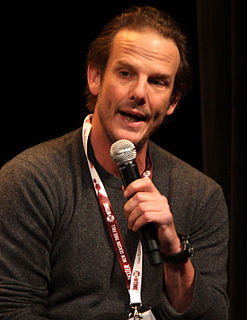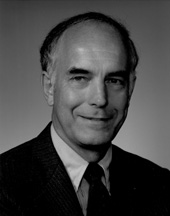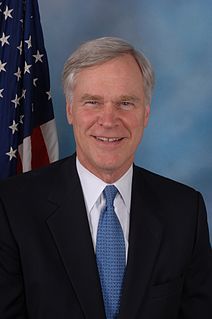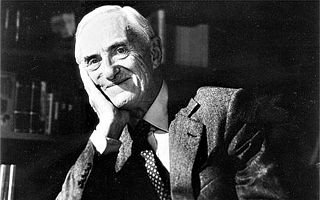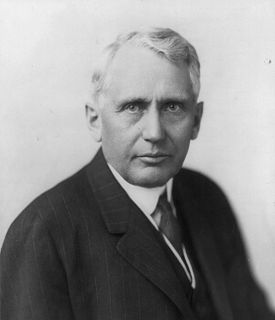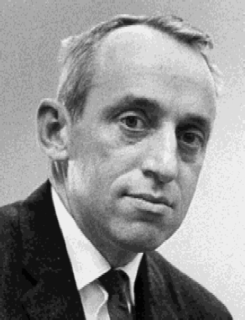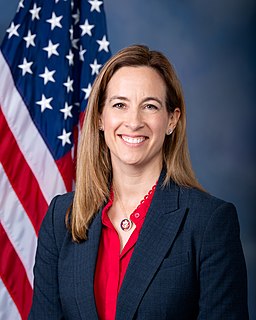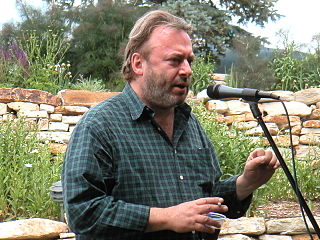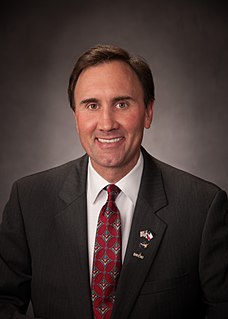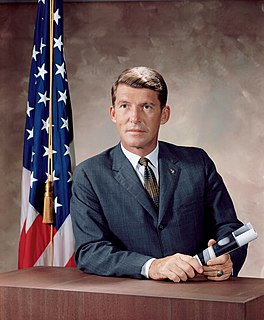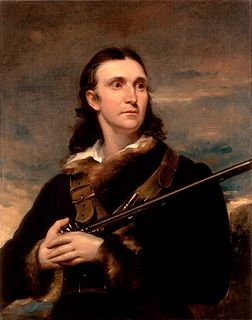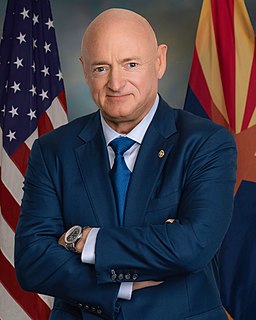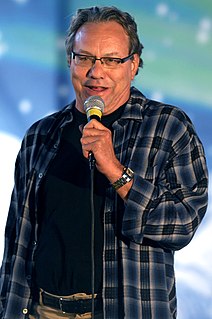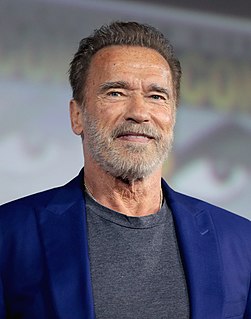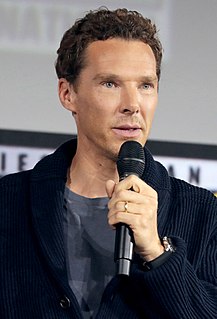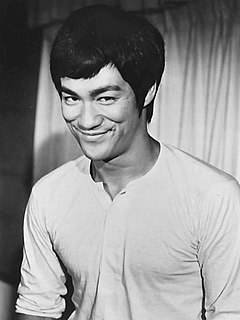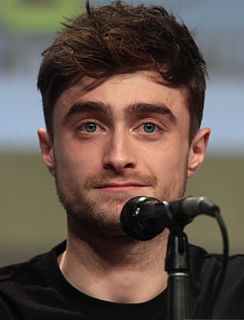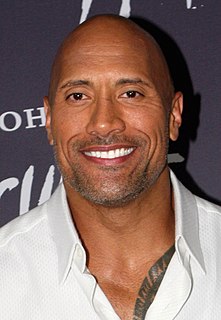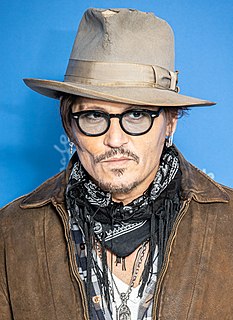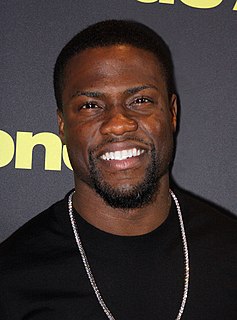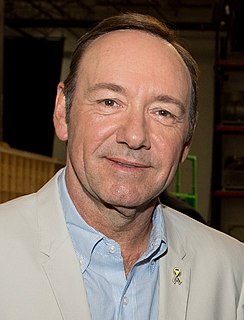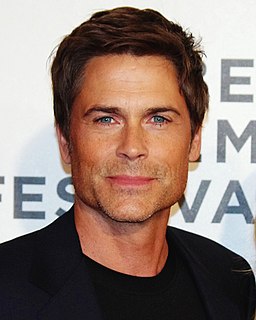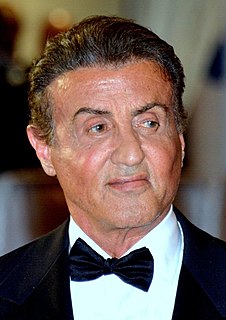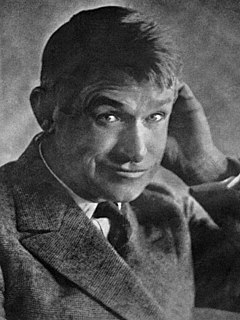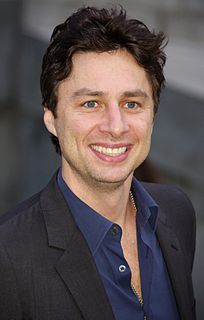A Quote by Peter Berg
I'm a huge fan of the Navy. My father was a Naval historian, and I've been studying Naval battles forever.
Related Quotes
The thing is, Guantánamo is also a naval base, and they're under the delusion - especially the people on the naval side who are not dealing with the prison - that they can just pretend this is an ordinary Caribbean naval base. For them, it's: "Why are you making such a big deal out of the most notorious prison in the world?" It's like if people living near Buchenwald said they wanted to talk about the other lovely things in the region besides the camp.
I was brought up in a very naval, military, and conservative background. My father and his friends had very typical opinions of the British middle class - lower-middle class actually - after the war. My father broke into the middle class by joining the navy. I was the first member of my family ever to go to private school or even to university. So, the armed forces had been upward mobility for him.
The Battle for the Philippines was the greatest naval battle in history, judged in terms of the number of ships taking part, the number of ships sunk, and the importance of its outcome. It included every form of naval warfare of the 20th century: gunnery duels between battleships; destroyer battles at night and by day, as ferocious and sustained as any at the Battle of Jutland; submarines that stalked the depths; sinking many ships; and finally, carrier warfare on a scale never dreamed of even by the most ardent enthusiasts of air warfare at sea.
Growing up in the shadow of Johnson Space Center and moving to Texas to welcome our last moon mission home, I wanted to be an astronaut. Combined with my love for Navy history and World War II flight ops, and unsatisfying degrees in college and law school, I joined the Navy and became a naval aviator.
